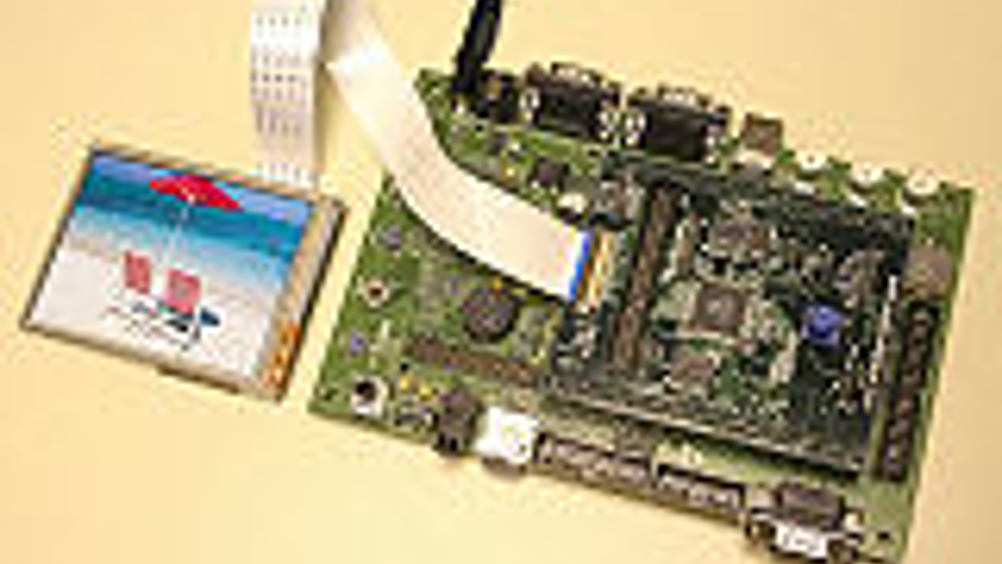Graphics interface modules
1 min read
Anglia Designs has released a family of four graphics interface modules and reference designs that interface Hitachi graphical TFT displays to ST Microelectronics STM32 and 16 and 32bit Microchip PIC processors.

The modules were developed by an in-house Anglia Design engineering team to help drive a range of graphical TFT and STN panels from two of the most popular embedded processor architectures.
The Anglia Designs graphics interface modules support Hitachi TX07, TX09, TX14, TX18 and SP14 families of TFT and STN displays and are supplied as daughter boards to standard STMicroelectronics STM3210E-EVAL and Microchip Explorer16 development boards. Anglia ships the modules with all the drivers and software required to drive the target display from these boards. This includes a graphics library and touch screen control software where appropriate.
Using these modules, Anglia says that the software team can start writing and proving their code ahead of the availability of prototype hardware, whilst the hardware team can evaluate their design concept and demonstrate it to end-users of the system. Customers using the module as a reference design are supplied with CAD files, a Bill of Materials (BoM) and the relevant source code to use as a starting point for their development.
Anglia's graphics interface modules and reference designs are supplied as daughterboards for STM and Microchip evaluation platforms. The STMicroelectronics STM3210E-EVAL platform supports the ARM Cortex-M3 based STM32F103Z microcontroller. The Microchip Explorer 16 is a development board for 32bit PIC32MX and the 16bit PIC24F, PIC24H and dsPIC devices. The Anglia graphics interface module is compatible with all of these processors. Anglia supplies the module with the PIC32 starter kit and PIM adapter to create a ready to use package.
The display adaptor is based on the Solomon-Systech SSD1906 graphics controller, a flexible graphics controller supporting 1,2,4,8, and 16bpp. This controller supports most of the common resolutions for portable applications and features hardware display rotation, covering various form factor requirements. The controller also features Virtual Display, Floating Window (variable size Overlay Window) and two Cursors to reduce the software manipulation. The 32bit internal data path provides high bandwidth display memory for fast screen updates. Anglia expects to release two further display adaptors based on the Solomon-Systech SSD1963 shortly.












